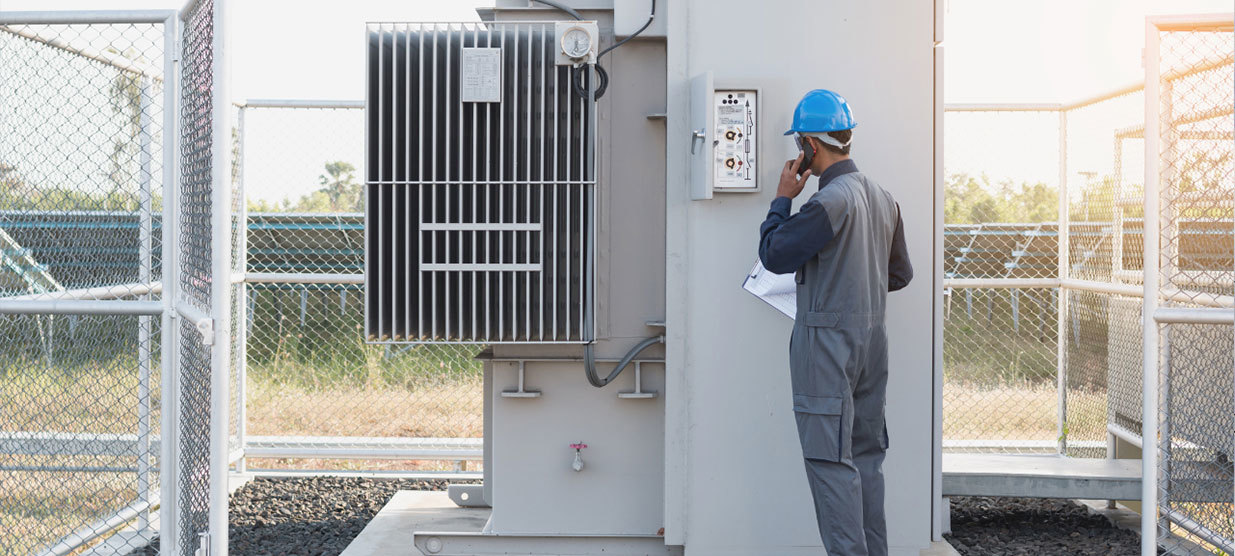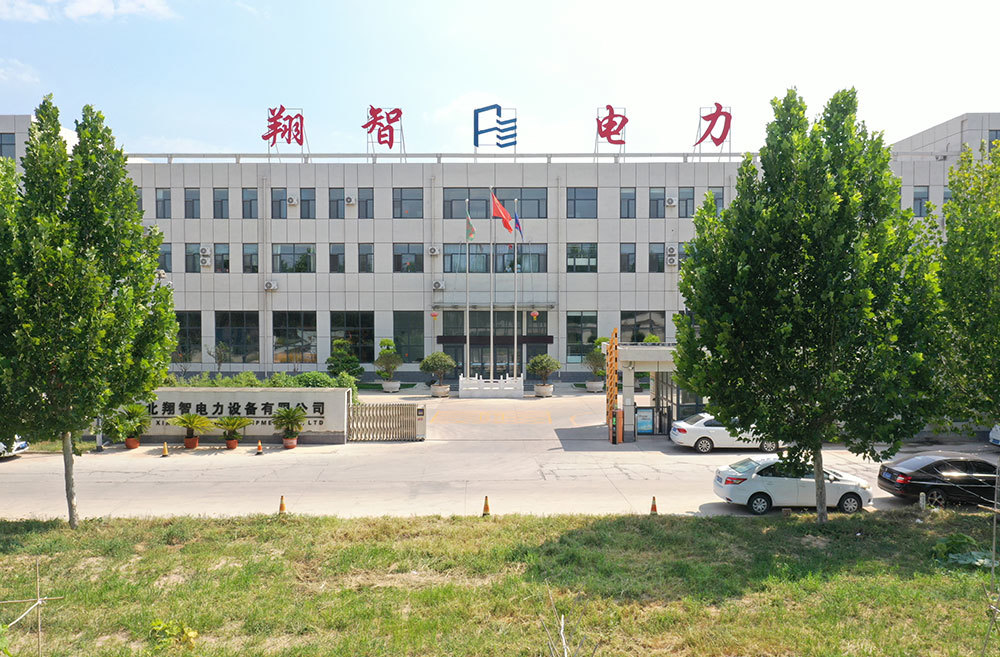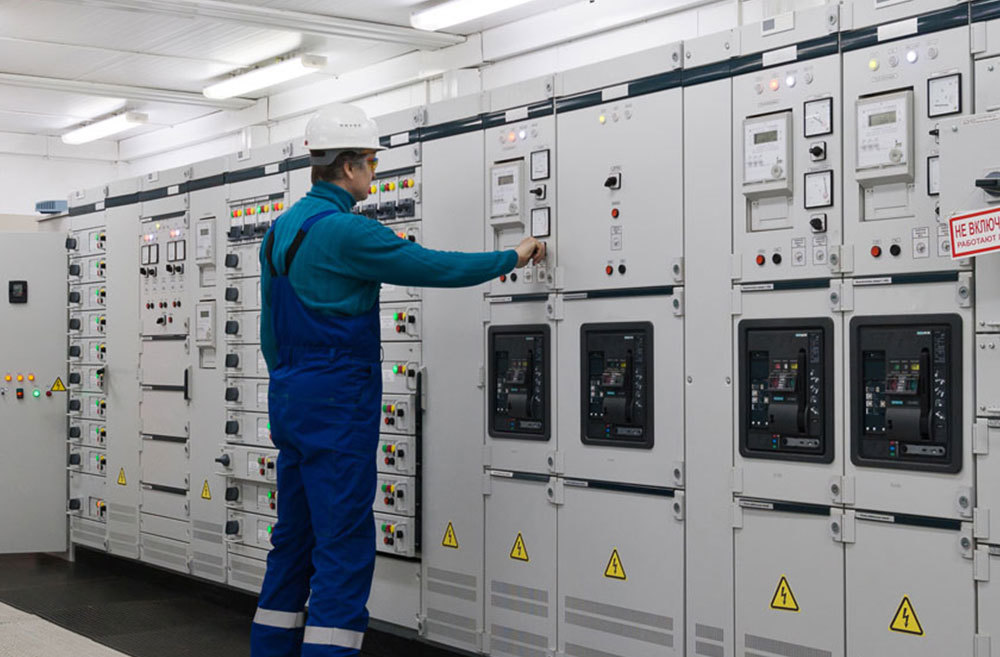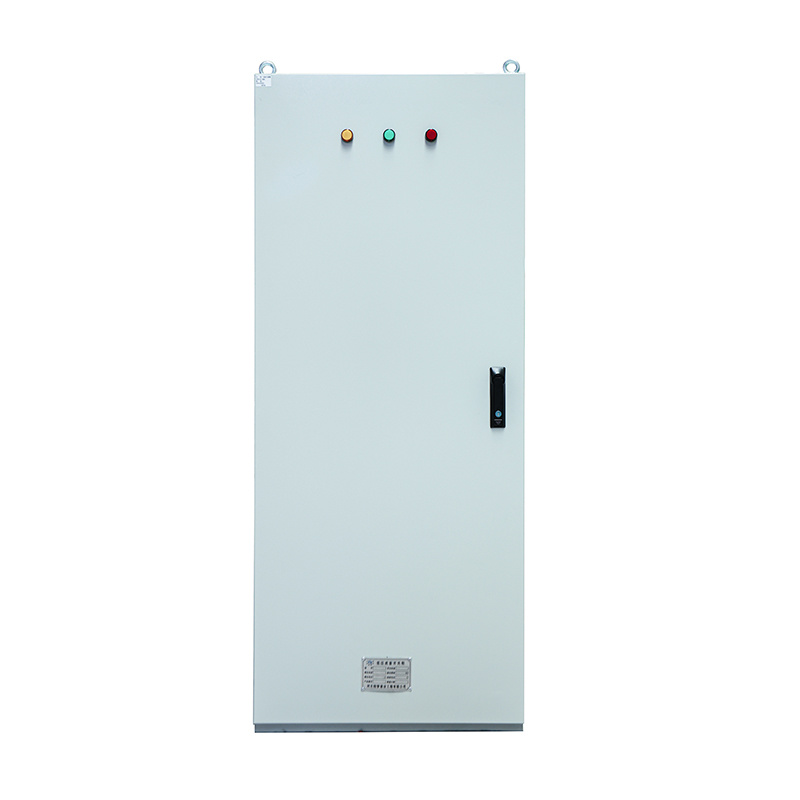What are the functions of a power transformer?

A power transformer is a stationary electrical device used to convert an alternating voltage (current) of a certain value into one or several voltages/currents of different values but the same frequency. Power transformers are one of the main pieces of equipment in power plants and substations.
The functions of a power transformer are multifaceted: it can not only increase voltage to transmit electrical energy to consumption areas but also reduce voltage to various levels for use, meeting electricity demand. In short, both stepping up and stepping down voltage must be accomplished by transformers. During the transmission of electrical energy in power systems, losses occur in both voltage and power. When transmitting the same power, voltage loss is inversely proportional to voltage, and power loss is inversely proportional to the square of the voltage. Using transformers to increase voltage reduces transmission losses.
A transformer consists of two or more coil windings wound on the same iron core, connected through an alternating magnetic field and operating based on the principle of electromagnetic induction. The installation location of a transformer should consider ease of operation, maintenance, and transportation, and should be chosen to be safe and reliable. When using a transformer, its rated capacity must be reasonably selected. When a transformer operates without load, it requires a relatively large reactive power, which must be supplied by the power system. If the transformer's capacity is chosen too large, it not only increases the initial investment but also causes the transformer to operate under no-load or light-load conditions for a long time, increasing the proportion of no-load loss, reducing the power factor, and increasing network losses, making the operation uneconomical and unreasonable. If the transformer's capacity is chosen too small, it will cause the transformer to be overloaded for a long time, easily damaging the equipment. Therefore, the rated capacity of the transformer should be selected according to the electricity load demand and should not be too large or too small.
Previous:
Next:
Contact Us
Email:
WhatsApp:











